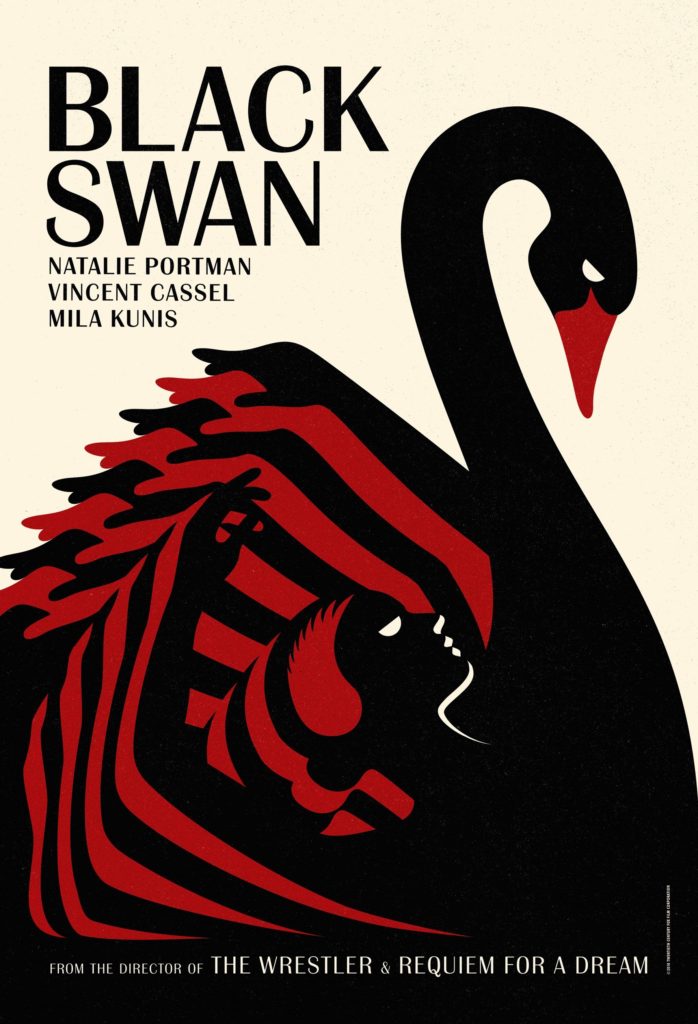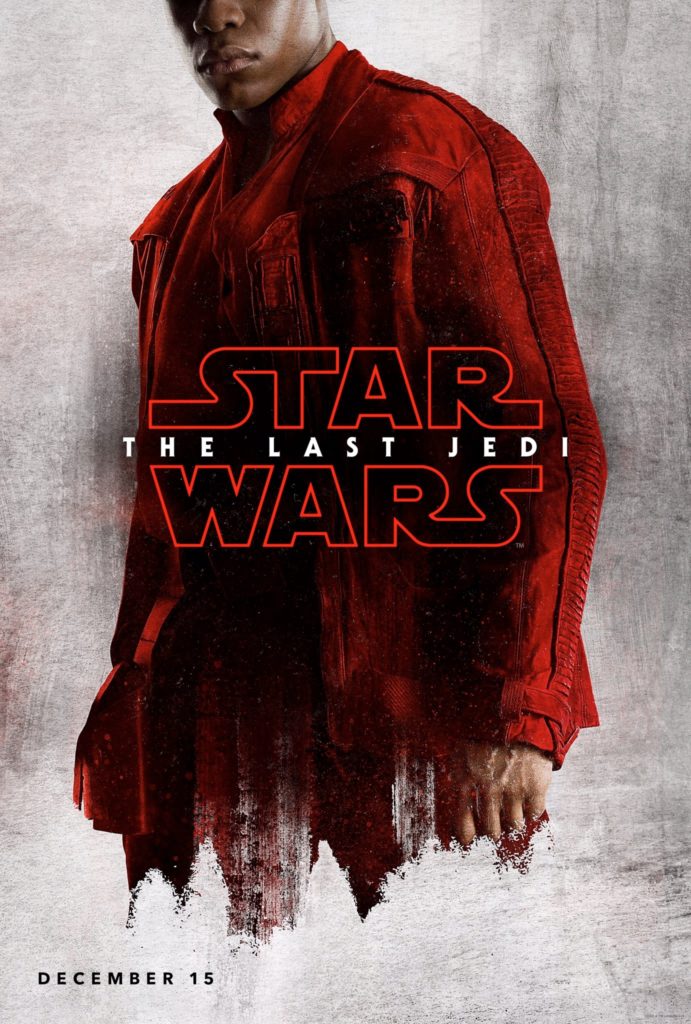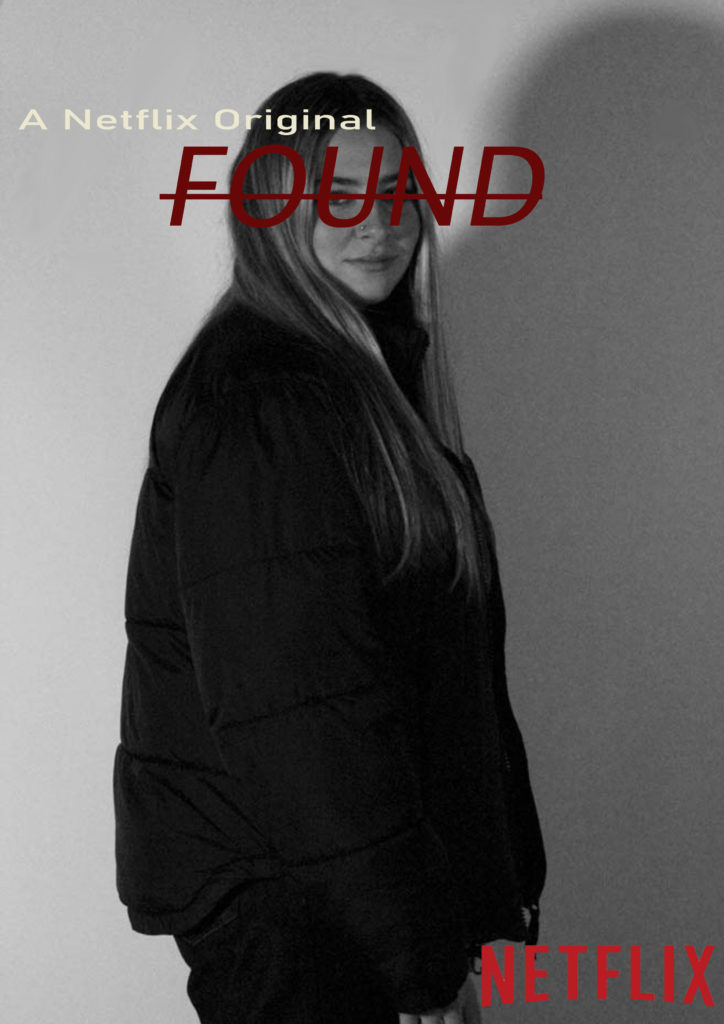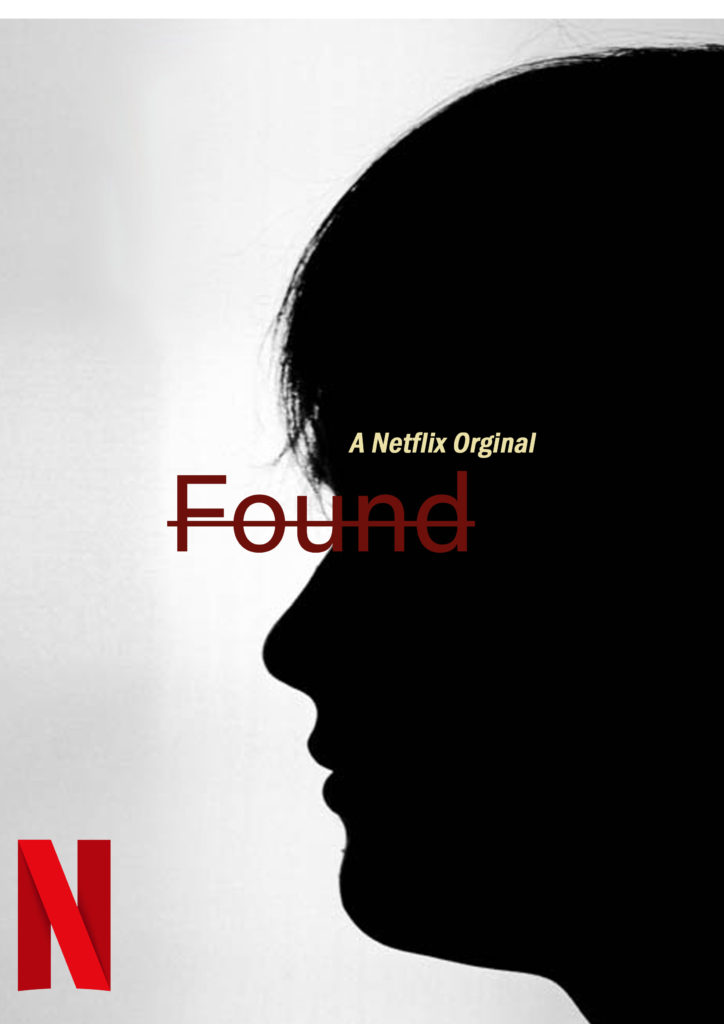Cultural industries- the different types of popular media, produces, distributes products in the creative arts generally in favour of popularity
Production- the making of a form of media
Exhibition/ consumption- the retail branch of the film industry/ when the media is taken in by individuals or a group
Media concentration- the ownership of mass media by fewer individuals
Vertical Integration- a way in which media companies expand by acquiring different businesses in the same chain of production and distribution
Conglomerates- a group that owns multiple companies which stand out different media specialised in written or audio-visual content
Globalisation (in terms of media ownership)- the worldwide integration of media through the cross-cultural exchange of ideas
Horizontal Integration- a way in which media companies expand by acquiring media companies that work in similar sectors (owns several businesses of the same value eg. a media company can own Magazine, Radio, Newspaper, Television and Books. )
Monopolies- concentrated control of major mass communications within a society
Distribution- The methods by which media products are delivered to audiences, including the marketing campaign
Gatekeepers- the process through which information is filtered for dissemination
Regulation- the process by which a range of specific, often legally binding, tools are applied to media systems and institutions to achieve established policy goals such as pluralism, diversity, competition, and freedom
Mergers-a merger or acquisition in which 2 or more of the undertakings involved carry on a media business
Deregulation- the process of removing or loosening government restrictions on the ownership of media outlets
Free market- one where voluntary exchange and the laws of supply and demand provide the sole basis for the economic system
Commodification- the transformation of the shape of the relationship, which is initially trafficked into things that are free of the commercial nature of the relationship
Convergence- the merging of previously distinct media technologies and platforms through digitization and computer networking
Diversity- diversity of ideas, viewpoints or content options
Innovation- change in several aspects of the media landscape, from the development of new media platforms, to new business models, to new ways of producing media texts









